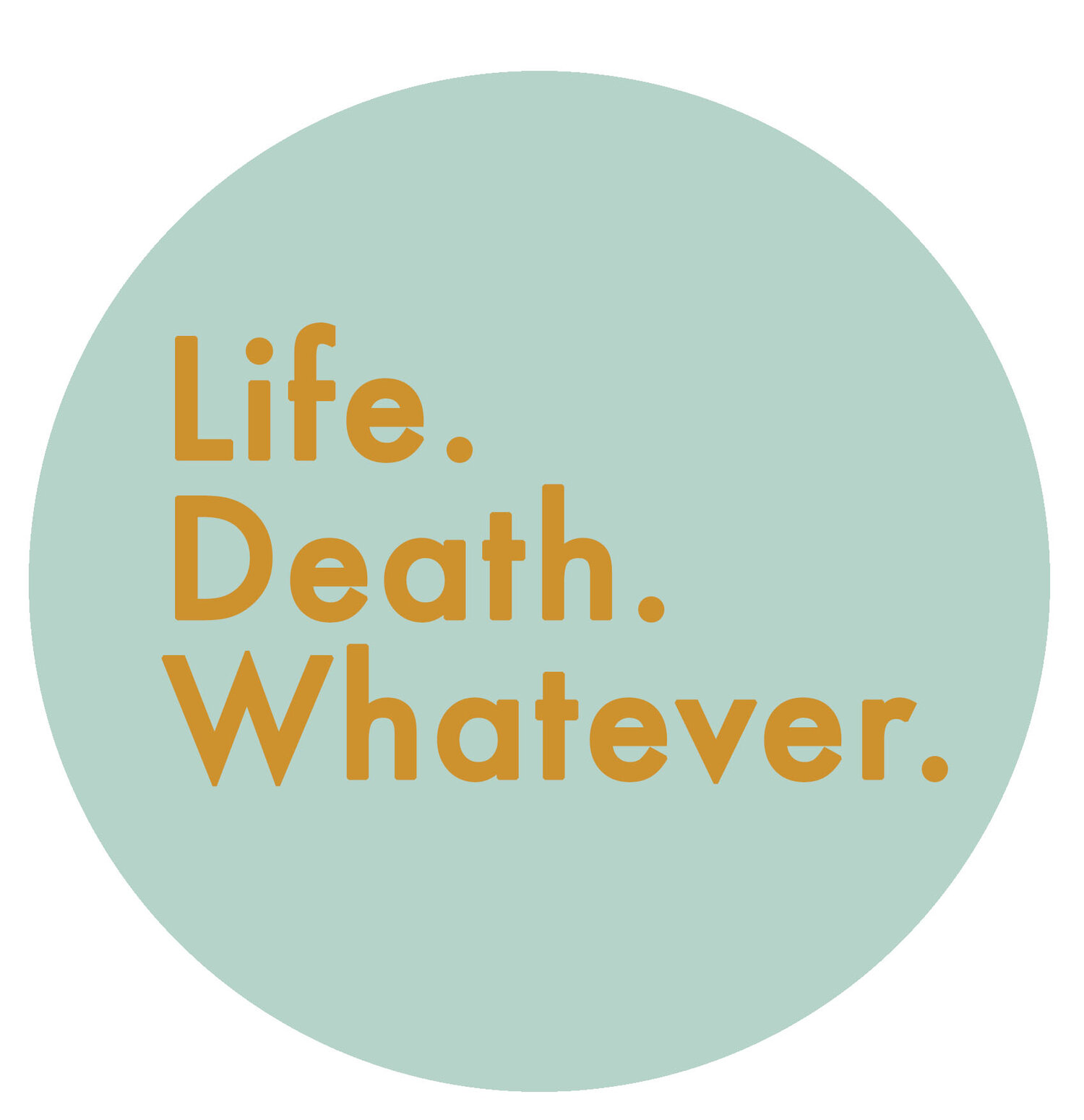1. The sequence of physical changes leading up to death is similar from person to person: a recognisable process, yet a unique experience – just in the same way as pregnancy, labour and birth. Like labour, it’s a good idea to plan ahead.
2. The Dying Process only causes two symptoms: increasing weariness and gradual, fluctuating loss of consciousness. Any other symptoms are caused by the underlying illness – so it’s a good idea to get symptoms sorted out early.
3. Most people’s last breath is an out-breath. It usually happens while they are deeply unconscious. Those ‘last words’ death scenes in TV and cinema are very unlikely: don’t wait for that last moment if you have something important to say.
4. Most dying people are comforted by knowing what to expect. Families who understand the process feel calmer, despite their sadness.
5. Nobody ever says ‘I wish we’d never talked about dying.’ I’ve lost count of the people who say ‘I wish we’d talked more.’
Dr Kathryn Mannix has spent her medical career working with people who have incurable, advanced illnesses. Starting in cancer care and changing career to become a pioneer of the new discipline of palliative medicine, she has worked as a palliative care consultant in teams in hospices, hospitals and in patients’ own homes, optimising quality of life even as death is approaching. She is passionate about public education, and having qualified as a Cognitive Behaviour Therapist in 1993, she started the UK’s (possibly the world’s) first CBT clinic exclusively for palliative care patients, and devised ‘CBT First Aid’ training to enable palliative care colleagues to add new skills to their repertoire for helping patients.
Dr Kathryn Mannix’s first book With the End in Mind was published in 2017 to critical acclaim. Shortlisted for the Wellcome Prize in 2018, it has become a widely recognised text for aiding our understanding of death. Further details can be found here.
@drkathrynmannix


